Bergamot Companion Plants: The Best Plants To Grow With Bee Balm
Bergamot Companion Plants: The Best Plants to Grow with Bee Balm
Bee balm (Monarda didyma) is a beautiful and fragrant herb that is native to North America. It is a member of the mint family and is known for its attractive flowers, which can be red, pink, purple, or white. Bee balm is also a valuable pollinator plant, attracting bees, butterflies, and other insects.
In addition to its beauty and usefulness, bee balm is also a great companion plant. When grown alongside other plants, bee balm can help to repel pests, improve soil quality, and attract beneficial insects.
Here are some of the best plants to grow with bee balm:
- Black-eyed Susans: These cheerful flowers are a great match for bee balm in terms of both color and growing conditions. Black-eyed Susans attract butterflies and other pollinators, and they can help to deter pests such as deer and rabbits.
- Echinacea: Echinacea is another popular pollinator plant that is a good companion for bee balm. Echinacea has attractive daisy-like flowers that come in a variety of colors, including pink, purple, and white. It is also a medicinal herb that has been used to treat a variety of ailments.
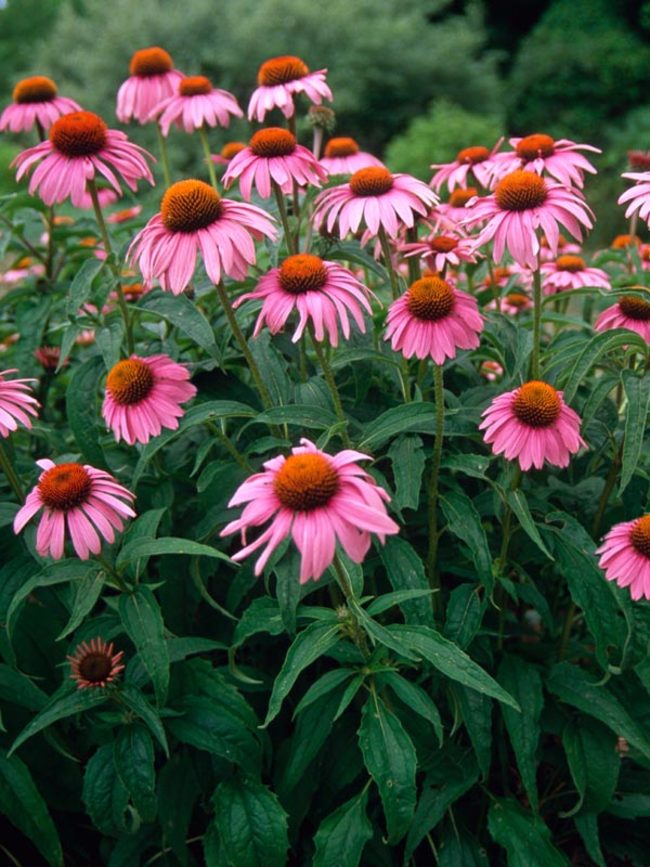
- Lilac: Lilacs are a beautiful and fragrant shrub that can add a touch of elegance to any garden. They are also a good companion plant for bee balm, as they attract pollinators and help to deter pests.

- Phlox: Phlox is a popular perennial flower that comes in a wide variety of colors. It is a good companion plant for bee balm because it attracts pollinators and helps to improve soil quality.
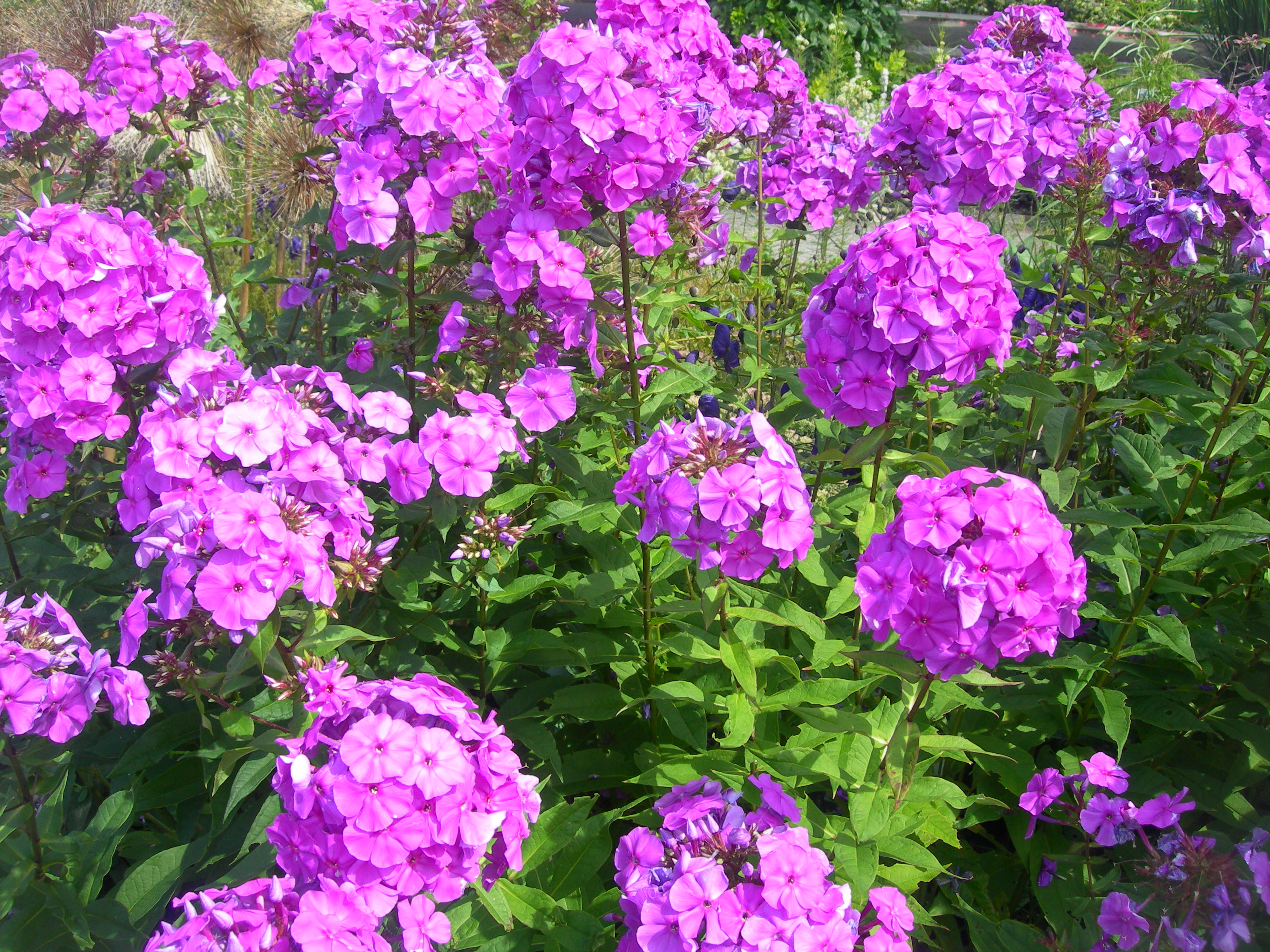
- Coral bells: Coral bells are a beautiful and easy-to-grow perennial that is a good companion for bee balm. They come in a variety of colors, including red, pink, and white. Coral bells also attract pollinators and help to improve soil drainage.
These are just a few of the many plants that can be grown with bee balm. When choosing companion plants, it is important to consider the plant's growing conditions and the benefits that it can provide. By carefully selecting companion plants, you can create a beautiful and productive garden that is beneficial to both plants and wildlife.
Bee balm, also known as bergamot, is a beautiful and versatile herb that can be used in a variety of ways. It's also a great companion plant for other flowers and vegetables, as it attracts pollinators and helps to repel pests.
If you're looking for some ideas for bergamot companion plants, be sure to visit Gardenia Inspiration. This website has a comprehensive list of plants that can be grown alongside bee balm, including their benefits and drawbacks.
For example, you might want to consider planting bee balm with black-eyed Susans, coneflowers, or yarrow. These plants all have similar growing conditions and will help to attract pollinators to your garden. You might also want to consider planting bee balm with vegetables such as tomatoes, squash, or beans. These plants can benefit from the pest-repelling properties of bee balm.
No matter what plants you choose to pair with bee balm, you're sure to create a beautiful and productive garden. So be sure to visit Gardenia Inspiration for more information on bergamot companion plants today!
FAQ of bergamot companion plants
5 Most Frequently Asked Questions About Bergamot Companion Plants
Question 1: What are some good companion plants for bergamot?
Answer: Bergamot is a member of the mint family, so it does well when planted near other herbs that attract pollinators, such as lavender, thyme, and oregano. It also benefits from the shade of taller plants, such as sunflowers and hollyhocks. Other good companion plants for bergamot include:
- Bee balm (Monarda didyma)
- Catnip (Nepeta cataria)
- Chives (Allium schoenoprasum)
- Dill (Anethum graveolens)
- Fennel (Foeniculum vulgare)
- Marigolds (Tagetes spp.)
- Nasturtiums (Tropaeolum majus)
- Pot marigolds (Calendula officinalis)
- Sweet alyssum (Lobularia maritima)
Question 2: Why is it important to plant companion plants with bergamot?
Answer: Companion planting is a gardening practice that involves planting certain plants together to benefit each other. When companion plants are chosen wisely, they can help to attract beneficial insects, repel pests, improve soil health, and even increase the yield of crops.
In the case of bergamot, companion planting can help to attract pollinators, such as bees and butterflies, which are essential for the pollination of bergamot flowers. Companion plants can also help to deter pests that can damage bergamot plants, such as aphids and spider mites. Additionally, companion plants can help to improve the soil around bergamot plants, which can lead to healthier and more productive plants.
Question 3: How far apart should bergamot companion plants be planted?
Answer: The spacing between bergamot companion plants will depend on the size of the plants. For example, smaller plants, such as marigolds and nasturtiums, can be planted closer together than larger plants, such as sunflowers and hollyhocks.
In general, it is a good idea to follow the spacing recommendations on the plant tags. This will ensure that the plants have enough space to grow and thrive.
Question 4: What are some common problems that can occur when planting bergamot companion plants?
Answer: Some common problems that can occur when planting bergamot companion plants include:
- Overcrowding: If plants are planted too close together, they may compete for resources, such as water and sunlight. This can lead to poor growth and development.
- Pests and diseases: Companion plants can attract pests and diseases that can also damage bergamot plants. It is important to monitor the plants regularly for signs of pests and diseases.
- Competitive roots: Some companion plants have aggressive root systems that can compete with bergamot plants for water and nutrients. It is important to choose companion plants that have compatible root systems.
Question 5: How can I choose the best companion plants for my bergamot plants?
Answer: There are a few factors to consider when choosing companion plants for bergamot plants. These factors include:
- The size of the plants: As mentioned earlier, the size of the plants will affect how close they can be planted together.
- The needs of the plants: Some plants have different needs for water, sunlight, and nutrients. It is important to choose companion plants that have similar needs to bergamot plants.
- The pests and diseases that are common in your area: If there are certain pests or diseases that are common in your area, you may want to choose companion plants that can help to repel or deter them.
Image of bergamot companion plants
- Catmint: Catmint is a great companion plant for bergamot because it attracts pollinators, such as bees and butterflies. It also helps to deter pests, such as mosquitoes.
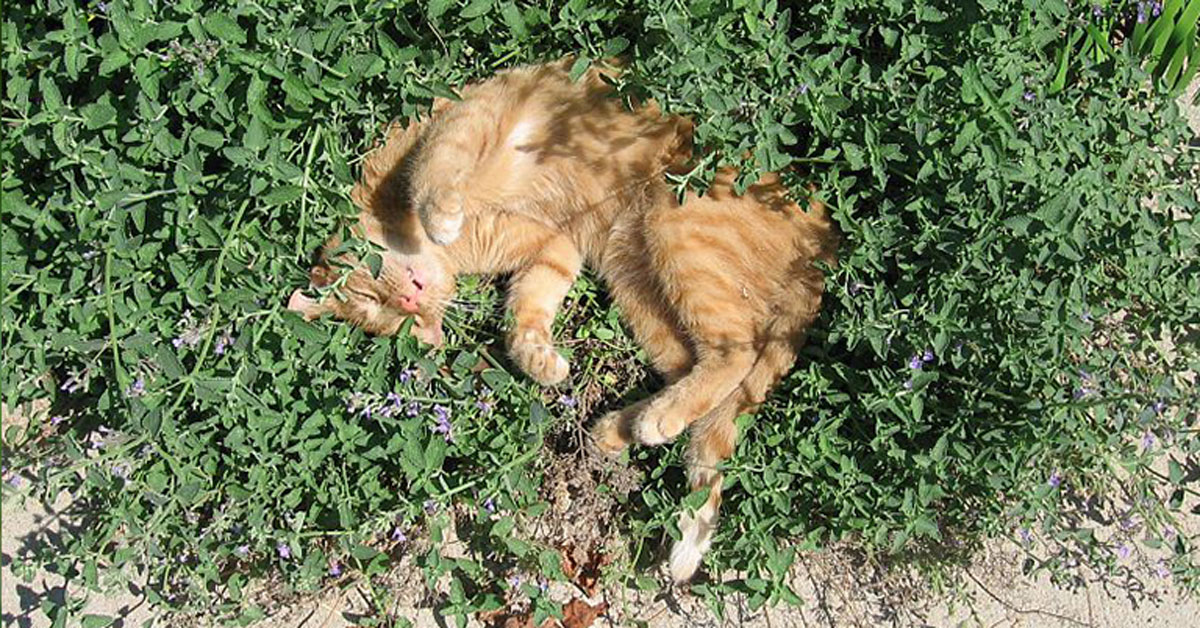
- Coneflower: Coneflower is another great companion plant for bergamot because it attracts pollinators and helps to deter pests. It also adds a splash of color to the garden.
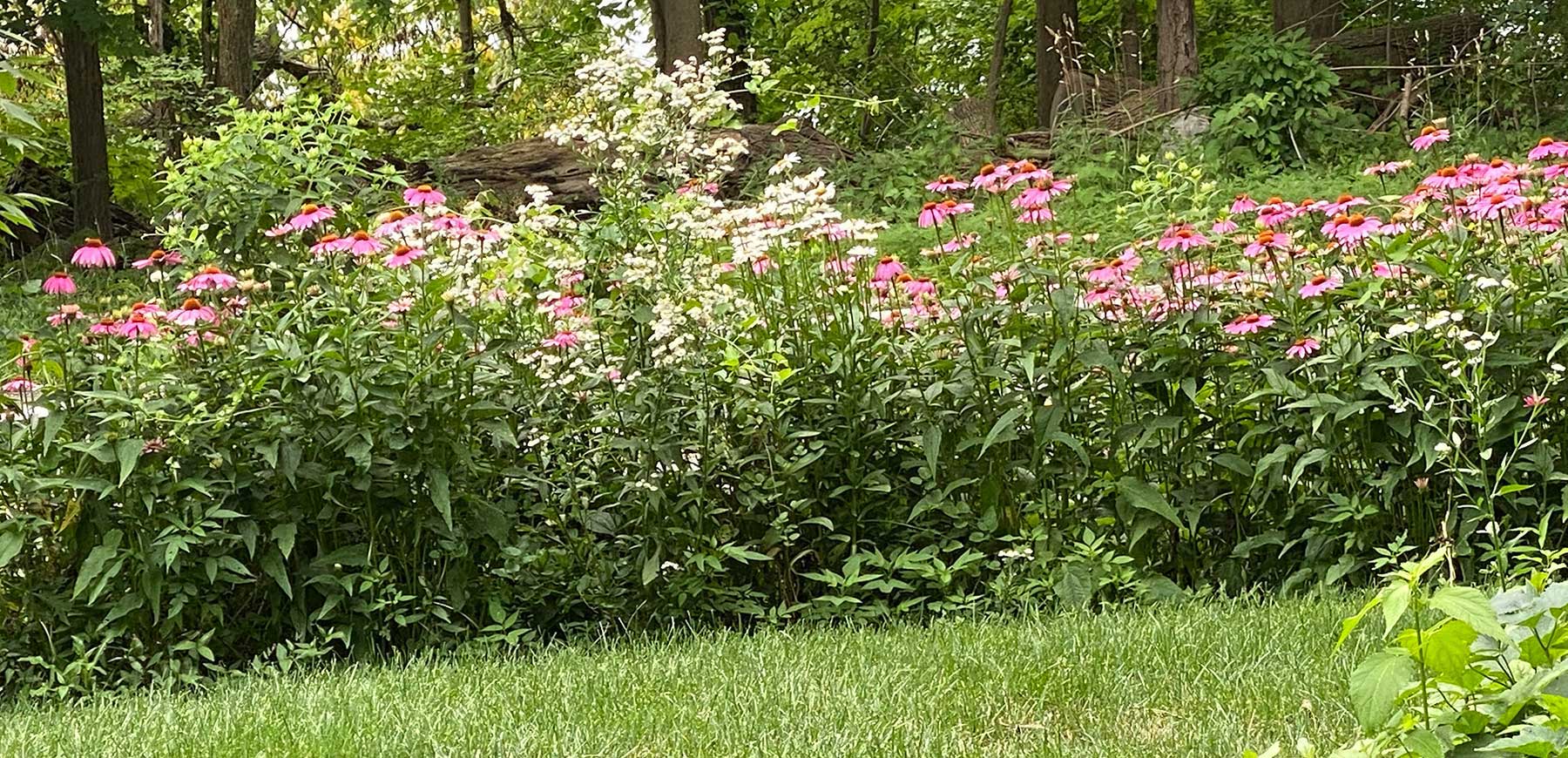
- Lavender: Lavender is a popular companion plant for many herbs, including bergamot. It helps to repel pests and attract pollinators. It also has a calming scent that can be beneficial for relaxation.

- Yarrow: Yarrow is a hardy perennial that is drought-tolerant and attracts pollinators. It also helps to deter pests, such as deer and rabbits.
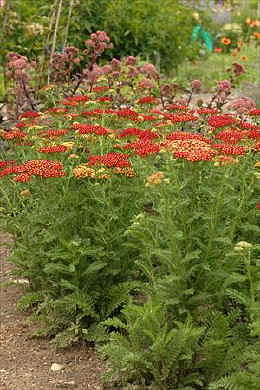
- Salvia: Salvia is a genus of flowering plants that includes many popular herbs, such as sage, clary sage, and scarlet sage. Salvias are attractive to pollinators and can help to deter pests.
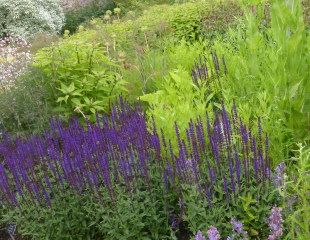
Post a Comment for "Bergamot Companion Plants: The Best Plants To Grow With Bee Balm"